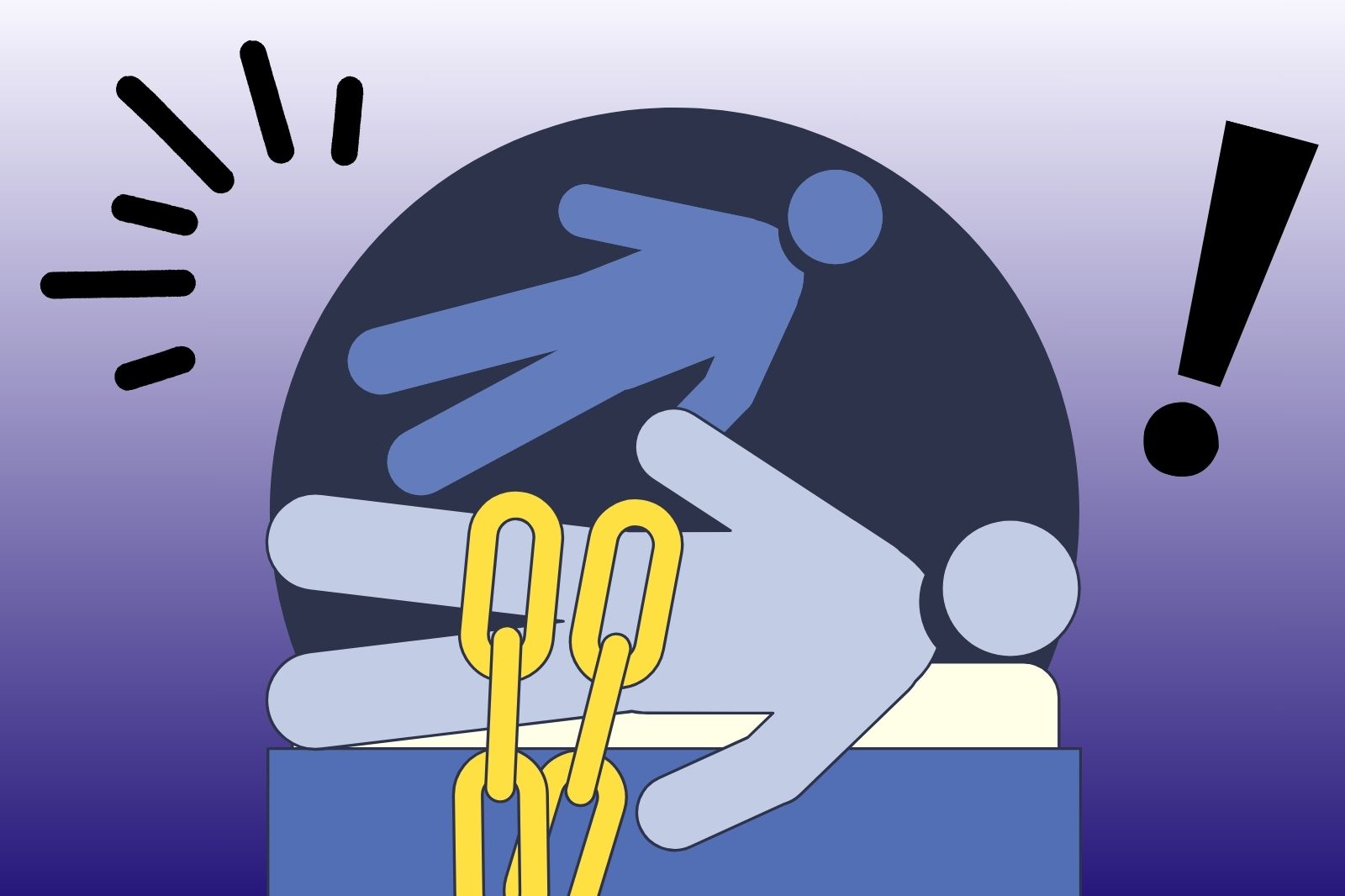How to Manage Sleep Paralysis: Tips and Strategies

Sleep paralysis is a phenomenon that many people experience at some point in their lives. Characterized by the inability to move or speak while falling asleep or waking up, sleep paralysis often comes with vivid hallucinations and a sense of pressure on the chest or other body parts. While it can be alarming, understanding how to manage sleep paralysis can help you cope with and reduce its frequency. Here’s a comprehensive guide on how to manage sleep paralysis effectively.
Understanding Sleep Paralysis
Sleep paralysis occurs during the transition between wakefulness and sleep, specifically during REM (rapid eye movement) sleep when most dreaming occurs. During this stage, your brain sends signals to inhibit most voluntary muscle activity. This prevents you from acting out your dreams. However, if you wake up before this inhibition has fully subsided, you may temporarily be unable to move or speak. Sleep paralysis can also be accompanied by frightening sensations or hallucinations like someone grabbing you or images of ghosts in the corners of your room. It’s different for every person.
Common Triggers
- Sleep deprivation: Lack of adequate sleep can increase the likelihood of experiencing sleep paralysis.
- Irregular sleep schedule: Frequently changing your sleep pattern can disrupt your body’s natural rhythm.
- Stress and anxiety: High levels of stress or anxiety can interfere with sleep quality.
- Sleep position: Some studies suggest that sleeping on your back may increase the risk of sleep paralysis.
Strategies for Managing Sleep Paralysis
Prioritize Sleep Hygiene
- Stick to a Schedule: Go to bed and wake up at the same time every day, even on weekends. This helps regulate your body’s internal clock.
- Create a Relaxing Environment: Make your bedroom conducive to sleep by keeping it dark, quiet, and cool. Consider using a feng shui bedroom layout with blackout curtains. Use earplugs or white noise machines. If you can, turn off cellular devices when you sleep too
- Limit Screen Time: Reduce screen exposure at least an hour before bedtime. Consider filling your room with the best light for sleep and limiting blue light emitted by phones, tablets, and computers. Try not to do stressful work of any kind in the bedroom as well.
Manage Stress and Anxiety
- Practice Relaxation Techniques: Incorporate mindfulness practices, deep breathing exercises, or meditation into your daily routine to help reduce stress levels.
- Physical Activity: Regular exercise can improve overall mental health and sleep quality. Aim for at least 30 minutes of moderate exercise most days, but avoid vigorous activity close to bedtime.
- Talk to Someone: If you’re experiencing significant anxiety or stress, consider speaking with a mental health professional who can provide support and coping strategies.
Optimize Your Sleep Position
Changing your sleep position may also help manage sleep paralysis. As mentioned earlier, sleeping on your back is often linked to a higher risk of sleep paralysis. Consider trying:
- Side Sleeping: Many people find that sleeping on their side reduces the likelihood of experiencing sleep paralysis. Use a supportive pillow to maintain a comfortable position.
- Experimenting with Pillows: If you prefer sleeping on your back, try using extra pillows to prop yourself up slightly, which may help alleviate pressure and reduce the chances of paralysis.
Monitor Your Sleep Patterns
Keeping a sleep diary can provide insights into your sleep habits and help identify potential triggers for sleep paralysis.
- Sleep Duration: Track how many hours of sleep you get each night.
- Sleep Quality: Note how rested you feel upon waking.
- Lifestyle Factors: Record any significant stressors, changes in routine, or other factors that might influence your sleep.
By identifying patterns, you may be able to make adjustments that can lead to better sleep.
Seek Professional Help
If sleep paralysis episodes persist or worsen, it may be time to consult a healthcare professional. They can help determine if there are underlying sleep disorders, such as narcolepsy or sleep apnea, that may be contributing to your experiences. Treatment options may include:
- Cognitive Behavioral Therapy (CBT): This can be particularly effective for addressing anxiety and sleep-related issues.
- Medication: In some cases, medications may be prescribed to help improve sleep quality or manage anxiety.
Conclusion
Managing sleep paralysis can be challenging, but by prioritizing sleep hygiene, addressing stress, and making mindful adjustments to your sleep environment and habits, you can reduce its frequency and severity. Remember that while sleep paralysis can be distressing, it is typically harmless. If you continue to experience episodes or if they significantly impact your quality of life, don’t hesitate to seek professional guidance.
Why Trust Us?
At The Sleeping Institute, we're dedicated to transparency, impartiality, and accuracy in every article we publish. Our reviews are based on comprehensive analysis and firsthand experience. Staying current with the latest advancements in sleep technology, we offer up-to-date, reliable, and unbiased information to help you make informed decisions for a better night's rest. Let us be your trusted guide in the ever-evolving world of sleep technology!